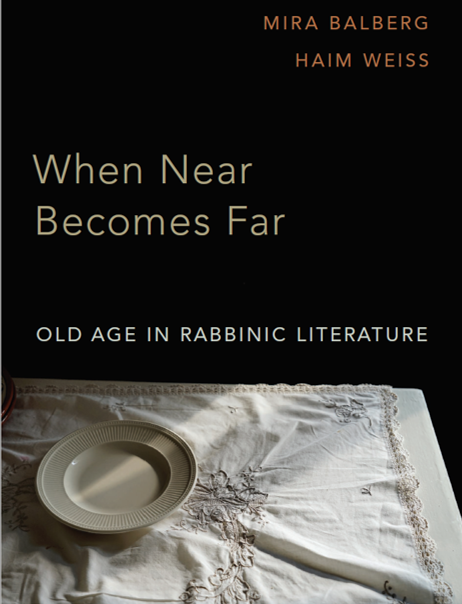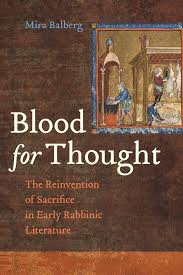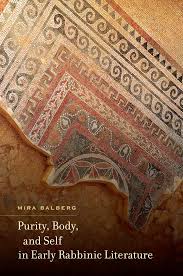
- mbalberg@ucsd.edu
- (858) 246-5740
-
9500 Gilman Dr
Department of History
Mail Code: 0104
La Jolla , California 92093
Professor and David Goodblatt Endowed Chair in Ancient Jewish Civilization

Curriculum Vitae
Mira Balberg received her PhD from Stanford University in 2011. She is a scholar of ancient Mediterranean religious history, with a focus on the emergence and development of Judaism in antiquity (200 BCE–500 CE). She is especially interested in the cultural contacts of Jews with their surrounding communities and with the imperial forces that shaped the Middle East in the Hellenistic and Roman periods. Her main specialty is Judaism in Roman Palestine in late antiquity, and particularly the development of rabbinic Judaism in this period. She mainly studies the ways in which the Jewish Literature composed in the Hellenistic and Roman era interprets and transforms biblical institutions, concepts, and values, often through dialogue and interaction with Greek, Roman, and early Christian cultures. She is also interested in the reception of ancient Jewish literature in the medieval and modern periods.
Balberg’s first book, Purity, Body, and Self in Early Rabbinic Literature (University of California Press, 2014) examines how ancient Near Eastern ideas and practices of bodily purity were reconfigured by Palestinian rabbis of the 2nd and 3rd centuries through the influence of Greek and Roman medical and philosophical doctrines. Her second book, Blood for Thought: The Reinvention of Sacrifice in Early Rabbinic Literature (University of California Press, 2017), engages with the process known as “the end of sacrifice” – that is, the rapid decline and ultimately demise of sacrificial modes of worship in the Mediterranean region in the first half of the first Millennium C.E. Her third book, When Near Becomes Far: Old Age in Rabbinic Literature (Oxford University Press, 2021), co-authored with Hebrew Literature scholar Haim Weiss, explores the rabbinic representations of old age through legal, ritual, and narrative sources. Her most recent book, Fractured Tablets: Forgetfulness and Fallibility in Late Ancient Rabbinic Culture (University of California Press, 2023), examines the crucial rule of memory failures in the formation of rabbinic law and practice. Other topics on which she has published include the human body and its changing cultural meanings in ancient Jewish texts, ancient theories of self and subjectivity, the production of knowledge in late antiquity, and receptions of rabbinic literature and history in modern Israeli culture.
Select publications
Books
 |
Fractured Tablets: Forgetfulness and Fallibility in Late Ancient Rabbinic Culture.University of California Press, 2023. |
 |
When Near Becomes Far: Old Age in Rabbinic Literature (co-authored with Haim Weiss). Oxford University Press, 2021. |
 |
Blood for Thought: The Reinvention of Sacrifice in Early Rabbinic Literature. University of California Press, 2017. |
 |
Purity, Body, and Self in Early Rabbinic Literature. University of California Press, 2014. |
 |
Gateway to Rabbinic literature (in Hebrew). The Open University Press, 2013. |
Articles (see also https://ucsd.academia.edu/MiraBalberg)
“Hilkhot Nedarim and Nazir in the Book of Halakhot Gedolot” [in Hebrew]. Tarbitz 72.4 (2005): 523-66.